Imagine standing beside a creature so enormous that your entire existence seems inconsequential—a behemoth from Earth’s ancient past that dwarfs nearly everything alive today. The search for the largest dinosaur ever to walk our planet has captivated paleontologists for generations, leading to remarkable discoveries that challenge our understanding of biological size limits. As impressive as modern blue whales are—the largest animals currently on Earth—comparing them to the biggest dinosaurs creates a fascinating perspective on nature’s ultimate size experiments across different evolutionary eras. This article explores the titans that once dominated our planet, how they measure against today’s ocean giants, and what these comparisons tell us about the evolution of extraordinary size in the animal kingdom.
The Discovery of Patagotitan Mayorum
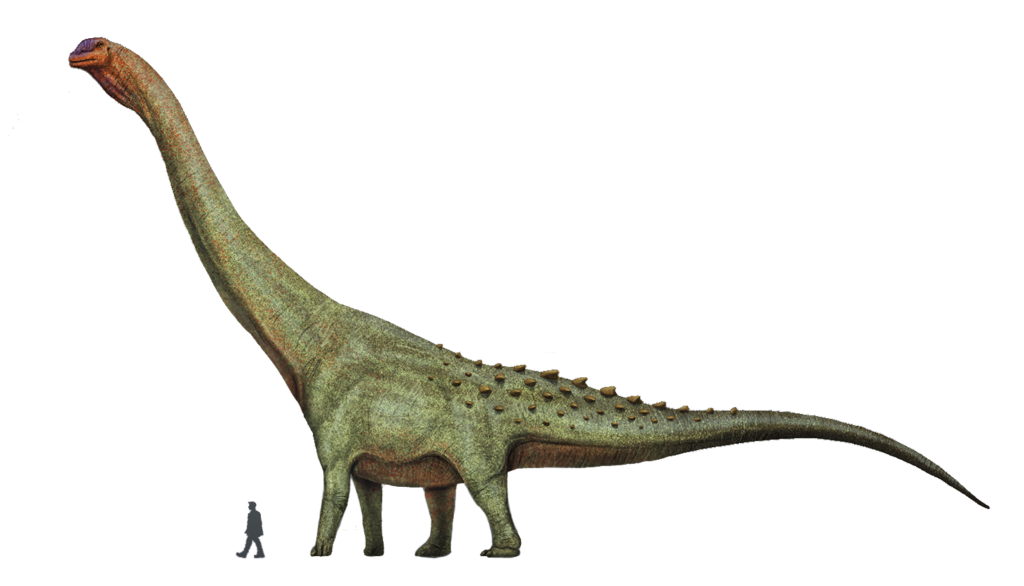
In 2014, the paleontological world was stunned when researchers in Argentina uncovered what would become recognized as potentially the largest dinosaur species ever documented. A rural farmer in Patagonia first spotted a massive fossilized bone protruding from the ground on his property, leading to an extensive excavation that ultimately revealed the remains of seven individual specimens of what would be named Patagotitan mayorum. Dating back approximately 100 million years to the Late Cretaceous period, this titanosaur sauropod represented a new height in our understanding of dinosaur gigantism. The excavation yielded over 200 bones, making this one of the most complete specimens of super-giant dinosaurs ever found and providing scientists with unprecedented data about these colossal creatures that once roamed the southern supercontinent of Gondwana.
Understanding Titanosaurs: The Last Great Sauropods

Titanosaurs represent the final evolutionary flourishing of the sauropod dinosaurs, a group characterized by their long necks, small heads, four pillar-like legs, and enormous size. These herbivores dominated the Southern Hemisphere during the Late Cretaceous period, with dozens of species ranging across what is now South America, Africa, and Australia. As a clade, titanosaurs evolved several distinctive adaptations that differentiated them from earlier sauropods, including wide-set hips, relatively shorter necks than some of their predecessors, and most notably, osteoderms—bony plates embedded in their skin that likely protected predators. Their skeletal structure featured particularly robust forelimbs and vertebrae designed to support their massive bodies, while their digestive systems evolved to process enormous quantities of low-nutrient plant material efficiently, enabling them to reach sizes previously unattained in terrestrial animals.
Measuring Patagotitan: Challenges in Size Estimation
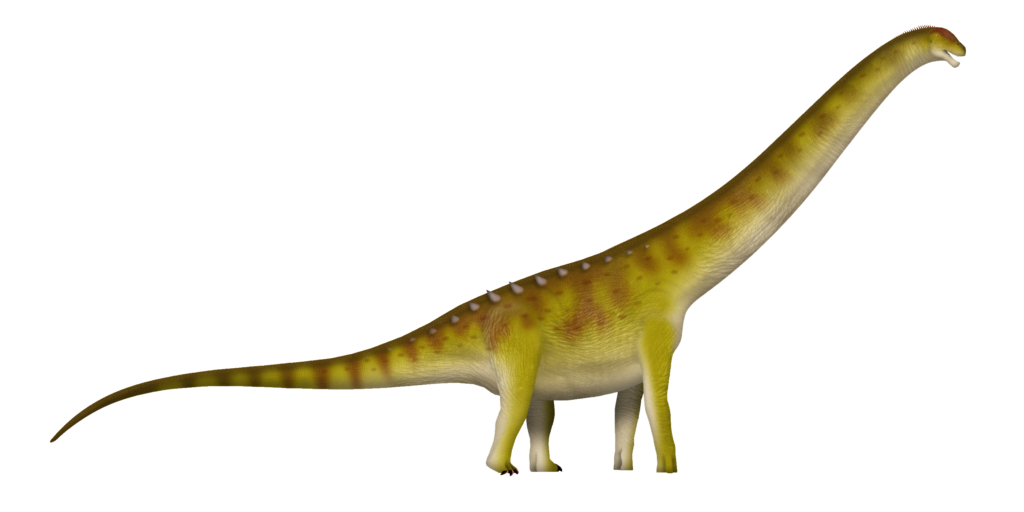
Determining the precise dimensions of Patagotitan presents significant scientific challenges due to the incomplete nature of even the best fossil specimens. Initial estimates suggested this titanosaur reached approximately 37-40 meters (121-131 feet) in length and weighed between 60-77 metric tons. However, more conservative recent analyses based on femur circumference and more complete skeletal reconstructions have adjusted these figures to approximately 33-35 meters in length with a weight around 50-55 tons. Scientists face numerous complications when calculating dinosaur sizes, including accounting for missing bones (often requiring extrapolation from related species), estimating the volume of soft tissues that no longer exist, and determining appropriate tissue densities for weight calculations. The process typically involves creating digital 3D models based on preserved bones, then using various volumetric methods combined with density estimates to calculate probable mass ranges rather than exact figures.
Contenders for the Size Crown: Argentinosaurus and Others

While Patagotitan has received significant attention, several other titanosaurs compete for the title of the largest dinosaur ever. Argentinosaurus huinculensis, also discovered in Argentina, was previously considered the record holder, with some estimates suggesting it may have reached 30-40 meters in length and weighed up to 80-100 tons—potentially heavier than Patagotitan despite similar length. Fragmentary remains of other giants like Puertasaurus, Notocolossus, and Antarctosaurus from South America, as well as Dreadnoughtus (which provided one of the most complete super-giant skeletons), further complicate the picture. More controversial contenders include Bruhathkayosaurus from India and Amphicoelias fragillimus from North America, both known only from fragmentary remains that have either been lost or were poorly documented, yet initial measurements suggested truly staggering proportions exceeding all other known dinosaurs. The incomplete nature of these specimens makes definitive size rankings nearly impossible, with discoveries and analytical techniques continuously reshaping our understanding.
The Blue Whale: Today’s Reigning Size Champion

The blue whale (Balaenoptera musculus) stands as an extraordinary example of evolution’s capacity to produce immense creatures. As the largest animal known to have ever existed on Earth, the blue whale reaches confirmed lengths of 29-30 meters (95-98 feet), with exceptional specimens potentially exceeding 33 meters (108 feet). Their weight ranges from 130-150 metric tons, with the largest accurately measured individuals approaching 190 tons—significantly heavier than even the largest dinosaur estimates. Unlike dinosaurs, blue whales can be measured with precision since we observe living specimens, though obtaining accurate weights remains challenging and often involves mathematical calculations based on length and girth measurements. These marine mammals evolved their enormous size relatively recently in evolutionary terms, reaching their current dimensions only about 4.5 million years ago, compared to the titanosaurs that evolved over a much longer timespan during the Mesozoic Era.
Length Comparison: Dinosaur vs. Whale

When comparing the linear dimensions of the largest dinosaurs with blue whales, the terrestrial giants of the Mesozoic appear to claim victory in the length category. Even conservative estimates place Patagotitan at approximately 33-35 meters (108-115 feet) from nose to tail tip, whereas the largest reliably measured blue whales reach about 29-30 meters (95-98 feet), with exceptional specimens potentially reaching 33 meters. This length advantage becomes more pronounced when considering the potential dimensions of other sauropod contenders like Argentinosaurus or the fragmentary Supersaurus, which some estimates suggest may have stretched to nearly 40 meters. The dinosaurs’ extraordinary length derived primarily from their elongated necks and tails—adaptations for reaching high vegetation and possibly for balance—while blue whales have a more streamlined, torpedo-shaped body optimized for marine locomotion without the need for the counterbalancing structures required by terrestrial giants.
Weight Comparison: Mass Matters
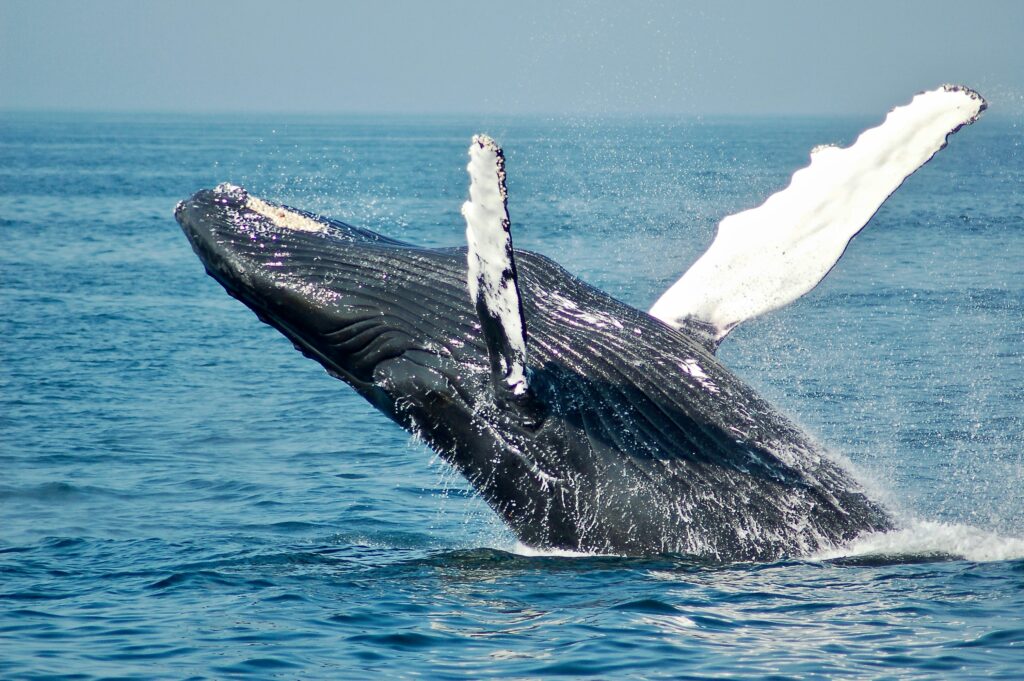
When examining sheer body mass rather than length, the blue whale emerges as the undisputed heavyweight champion of all time. With confirmed weights of 150-190 metric tons for the largest measured specimens, blue whales substantially outweigh even the most massive dinosaur estimates. The heaviest substantiated calculations for Patagotitan suggest a weight range of 50-55 tons, while Argentinosaurus may have reached 70- 80 tons, according to the most generous scientific estimates. This substantial weight difference reflects the fundamentally different environmental challenges facing marine versus terrestrial animals. Aquatic environments provide buoyancy that helps support massive body weight, allowing blue whales to grow significantly heavier than would be possible on land, nd where skeletal structures must counteract gravity’s full effects. The physical constraints of terrestrial locomotion likely imposed upper limits on dinosaur mass that marine mammals have been able to exceed through their adaptation to oceanic life.
Environmental Adaptations: Land vs. Sea Giants
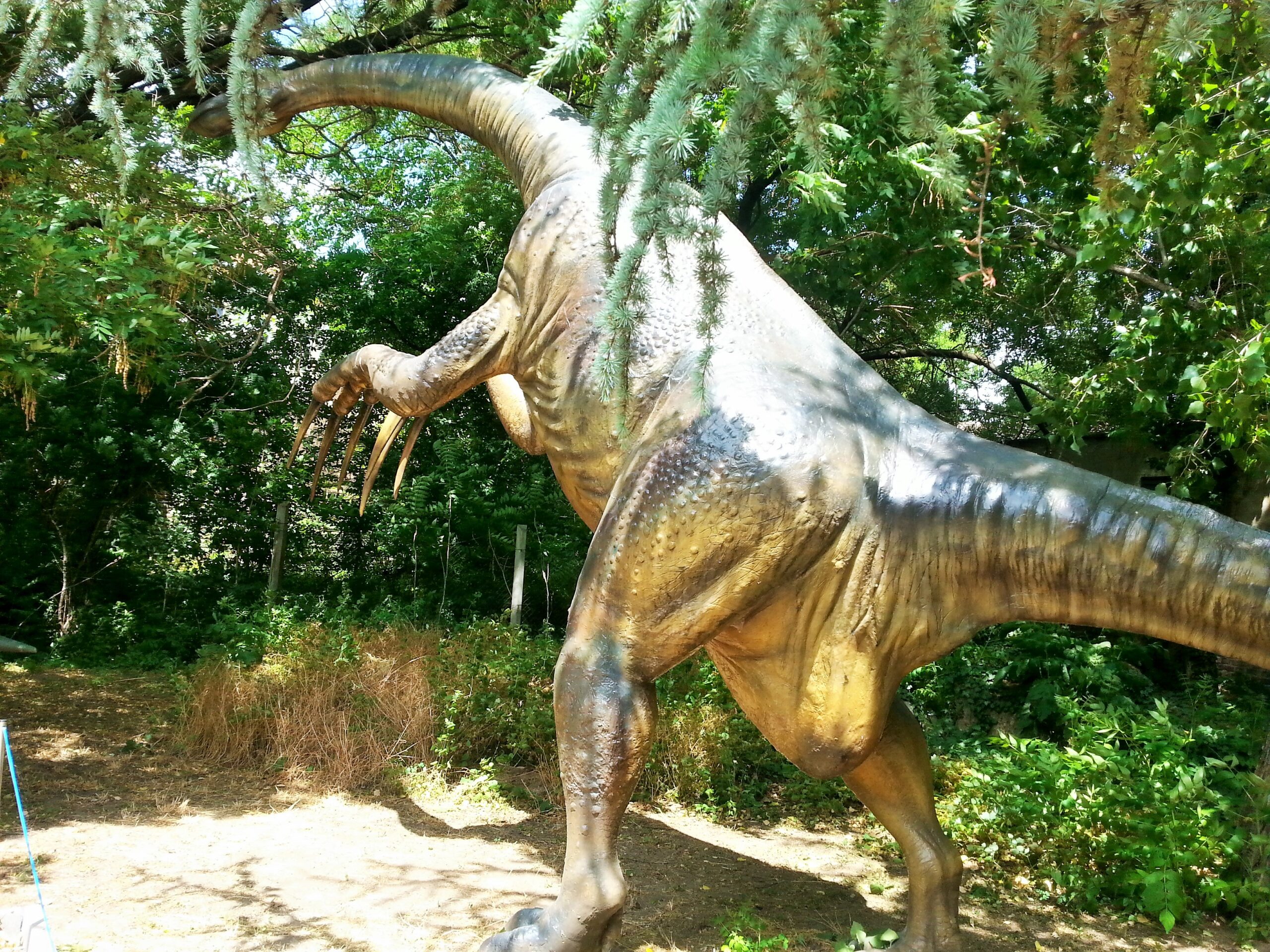
The dramatic size difference between the largest dinosaurs and blue whales largely stems from their contrasting environmental adaptations. Terrestrial giants like titanosaurs faced significant biomechanical constraints imposed by gravity, requiring massive skeletal structures with specialized adaptations like hollowed vertebrae to reduce weight while maintaining strength. Their columnar limbs evolved to function essentially as support pillars, while their long necks necessitated complex systems of air sacs throughout their bodies to reduce density. Conversely, blue whales evolved in the marine environment where buoyancy counteracts gravity’s effects, allowing them to support significantly greater body mass with proportionally less robust skeletal structures. Their blubber provides both insulation and additional buoyancy, while their hydrodynamic shape and horizontal tail flukes enable efficient propulsion despite te enormous size. These fundamental differences reflect how evolutionary adaptations to specific environments determine not just size but the entire body plan of these remarkable creatures.
Metabolic Considerations: Warm vs. Cold-Blooded Giants
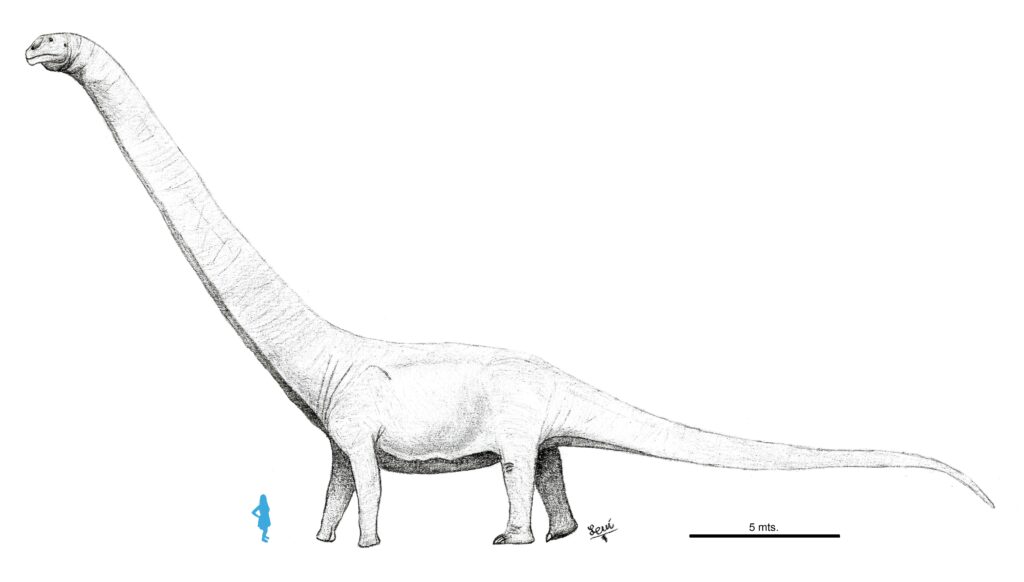
The metabolic requirements of titanosaurs compared to blue whales represent another fascinating point of comparison that likely influenced their respective size limits. Blue whales, as mammals, maintain high body temperatures through endothermic (warm-blooded) metabolism, requiring enormous caloric intake—upwards of 1.5 million kilocalories daily during feeding season, primarily consumed as krill. This high-energy lifestyle is supported by efficient filter-feeding that enables them to consume up to 4 tons of krill daily during peak feeding periods. By contrast, the metabolic nature of sauropod dinosaurs remains somewhat controversial, with evidence suggesting they may have had an intermediate physiology between modern reptiles and birds—potentially a form of gigantothermy where sheer body mass helped maintain stable core temperatures without the full metabolic costs of true endothermy. This metabolic difference potentially allowed sauropods to support their enormous bodies with relatively less food than a comparably sized mammal would require, though they still needed to consume massive quantities of vegetation daily to sustain themselves.
Evolutionary Paths to Gigantism
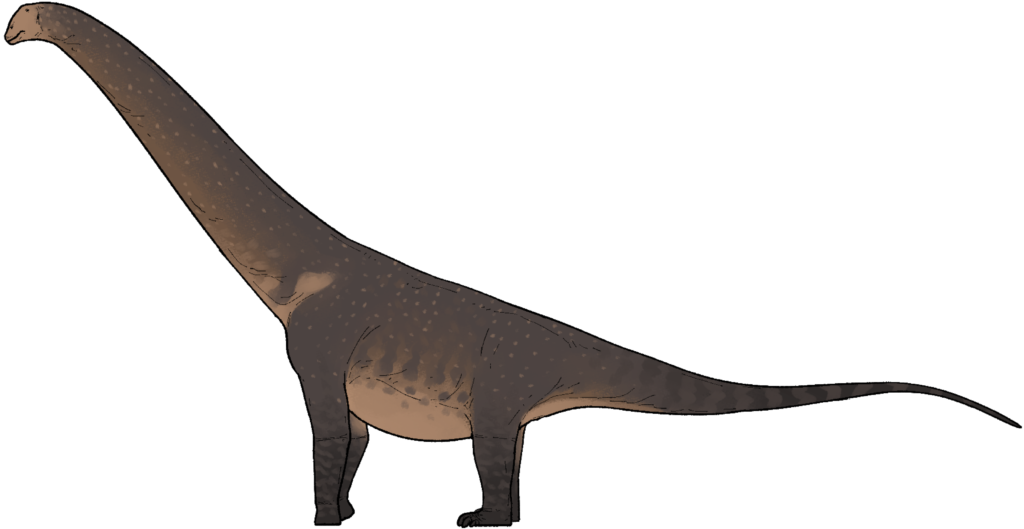
The evolutionary pathways that led to extreme gigantism in both dinosaurs and whales demonstrate fascinating parallels despite occurring in entirely different animal groups separated by millions of years. Sauropod dinosaurs evolved their enormous size through a series of adaptations spanning the late Triassic through Cretaceous periods (approximately 225-66 million years ago), including the development of air sac systems throughout their bodies (similar to modern birds), extremely efficient digestive systems for processing low-quality plant material, and reduced cranial weight through miniaturization of the skull relative to body size. Cetaceans, by comparison, evolved from terrestrial mammalian ancestors approximately 50 million years ago, with blue whales specifically reaching their current size relatively recently—within the past 4.5 million years—driven by climate changes that created concentrated food sources through upwelling ocean systems. Their gigantism developed alongside specialized filter-feeding structures (baleen), hydrodynamic body shapes, and highly efficient diving physiologies that allowed them to exploit abundant but spatially concentrated food resources in ways impossible for their ancestors.
The Physical Limits of Size

Both titanosaur dinosaurs and blue whales approach what many biologists consider the theoretical maximum size limits for their respective environments. For land animals, gravitational constraints impose severe limitations on size due to the square-cube law—as an animal’s size increases, its volume (and thus mass) grows at a faster rate than the cross-sectional area of its support structures like bones and muscles. Paleontologists suggest that sauropods may have reached the upper mechanical limits possible for terrestrial vertebrates, with any significantly larger animal facing catastrophic skeletal or cardiovascular failure. Marine environments, with their buoyancy advantages, permit larger maximum sizes, but even blue whales appear to approach biological limits related to feeding efficiency and metabolic constraints. Their filter-feeding method requires tremendous energy expenditure during lunging behaviors, while their metabolism must balance enormous caloric needs with the practical limitations of finding and consuming sufficient food resources—factors suggesting that even in ideal conditions, vertebrate life may have absolute upper size boundaries that both groups have nearly reached.
The Significance of Size: Ecological Roles
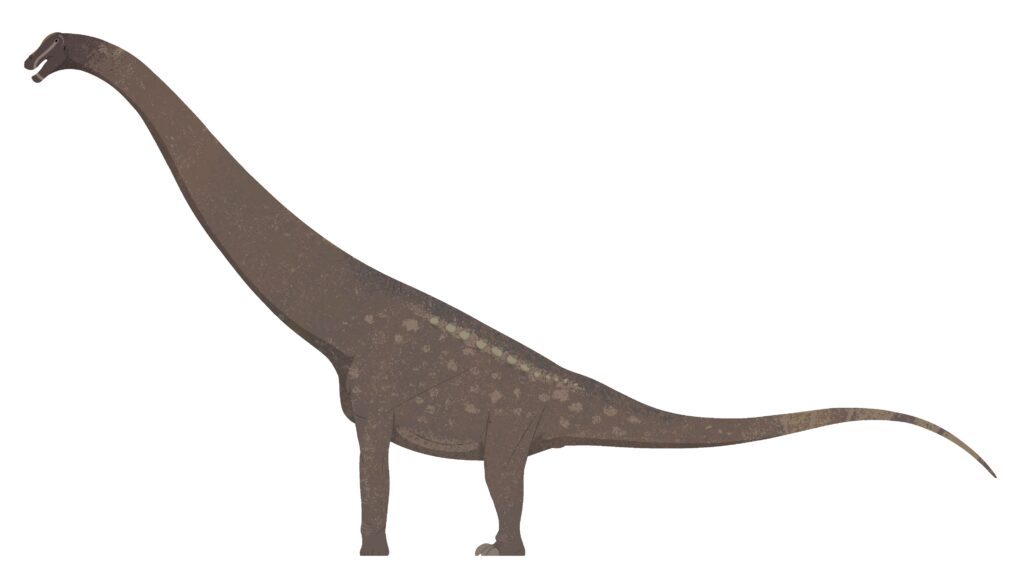
The extreme sizes of both titanosaur dinosaurs and blue whales profoundly influenced their ecological roles within their respective environments. Titanosaurs, through their massive consumption of vegetation, likely served as ecosystem engineers in Mesozoic landscapes, potentially altering forest structure and plant communities through selective feeding and physical impacts like trampling. Their size also provided substantial protection from predation as adults, though juvenile sauropods remained vulnerable to large theropod dinosaurs. Their enormous digestive systems would have contributed significantly to nutrient cycling through vast quantities of processed plant material deposited as fertilizer across landscapes. Similarly, blue whales occupy a crucial ecological niche in modern oceans, consuming up to 4 tons of krill daily during the feeding season and thereby regulating marine food webs. Their massive bodies sequester substantial carbon, and when they die, “whale falls” create unique ecosystems on the ocean floor that support diverse communities for decades. The parallel ecological importance of these giants across different eras demonstrates how extreme size can create unique and influential roles within natural systems.
What We Continue to Learn: Ongoing Research
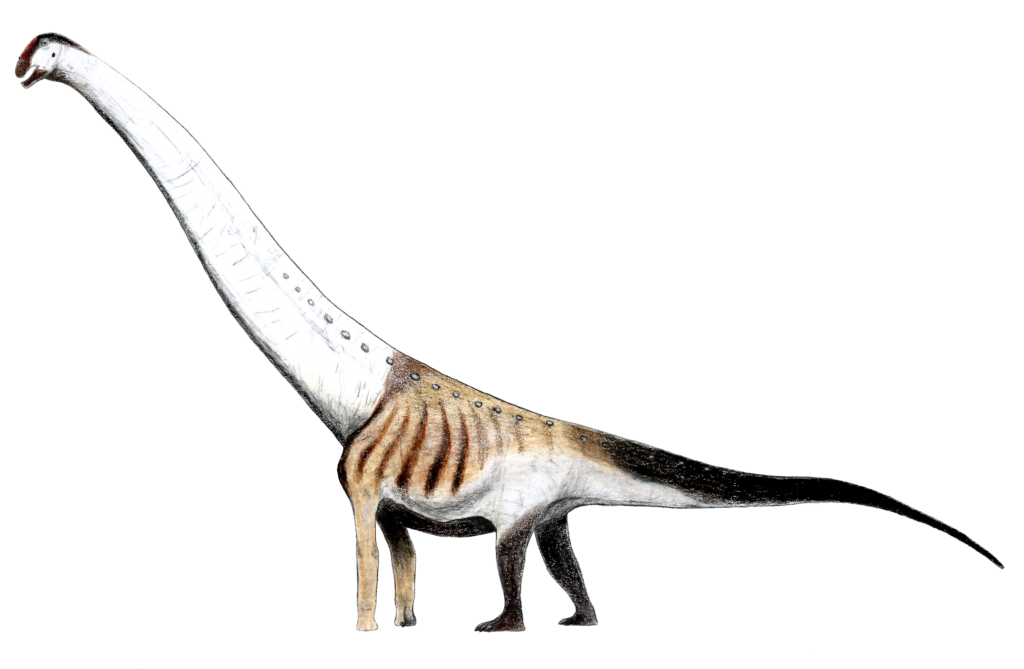
Research on both the largest dinosaurs and blue whales continues to evolve with discoveries and technological advances constantly refining our understanding. Recent paleontological expeditions in Argentina, Brazil, and other regions of the former Gondwana supercontinent regularly uncover new titanosaur specimens, with advanced imaging techniques and computational models allowing increasingly sophisticated analysis of how these animals moved, ate, and functioned at such enormous sizes. Similarly, marine mammal research employing drone photography, satellite tagging, and genetic analysis is providing unprecedented insights into blue whale population structures, feeding behaviors, and physiological adaptations. Particularly exciting developments include new methods for estimating dinosaur weights using limb bone cross-sectional properties and stress analysis, while advances in studying the bio-mechanics of blue whale feeding through suction-cup attached monitors have revealed the extraordinary energetic costs of their specialized lunge-feeding technique. Both research areas continue to push boundaries in understanding the biological limits of size and how different evolutionary paths have approached these ultimate thresholds.
Conclusion

The comparison between the largest dinosaurs and blue whales offers a fascinating window into evolution’s grandest experiments with size. While titanosaurs like Patagotitan stretched longer across Cretaceous landscapes, blue whales have achieved greater mass in the supportive medium of ocean waters. Each represents the pinnacle of size adaptation within their respective environments—constrained by gravity on land and by feeding efficiency in the sea. These magnificent creatures, separated by over 60 million years yet linked by their extraordinary dimensions, continue to inspire scientific inquiry and capture human imagination. They stand as powerful reminders of the remarkable diversity of life that has existed on our planet and the complex interplay of evolutionary forces that push the boundaries of what seems biologically possible.




